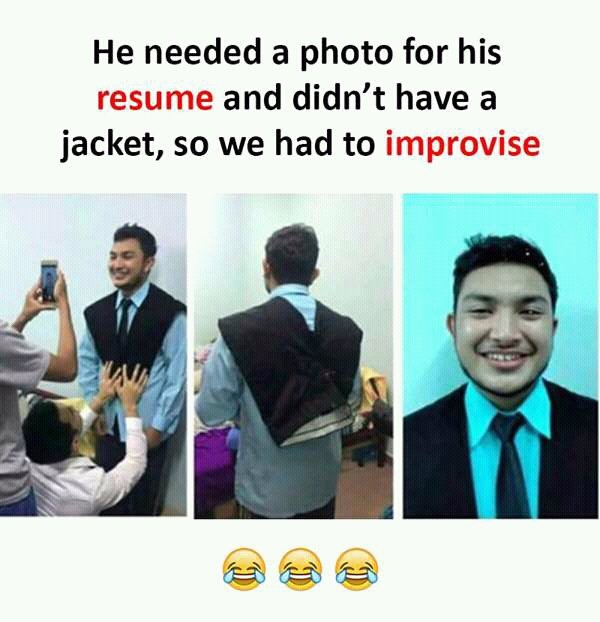Best ways to be creative

In order to put in the hard work to acquire a skill, you need to believe that the activity really is a skill you can learn. When you believe the activity is a talent then you don’t bother to work hard at it, because you attribute any limitations in your performance to your lack of talent.
RETHINKING CREATIVITY AS A SKILL
This way of thinking about talents and skills is particularly important when it comes to thinking about creativity. For skills that involve actions in the world, such as shooting a free throw or playing a musical instrument, people have a pretty good idea of what they need to do to improve. But for mental skills like creativity, few people know enough about the way their minds work to be able to treat it like a skill.
As a result, most people tend to look at those people who develop creative ideas consistently with a kind of reverence. And people who do seem blessed with a talent for creativity live in fear that talent will run out some day and they will be just like everybody else.
In order to enhance your creativity, here are three things you can do to practice.
- BECOME AN EXPLAINER
The most creative people in any field are people who have a tremendous amount of knowledge. Creative people like Einstein, Edison, Coltrane, and O’Keefe were also experts in their own field. In this age of Google, there is a tendency to assume that information is available when you need it and so you don’t need to internalize it. But, if you have to interrupt your flow of work whenever you need to look something up, you can’t follow ideas to new places.
In order to maximize the quality of your knowledge, you have to develop the habit to explain things back to yourself. Think about what happens when you sit down to watch a TED talk. A great speaker gives an inspirational 15-minute presentation. While you are listening, you feel that you have understanding of what the speaker is saying. Afterward, if you try to repeat what you learned to someone else you may realize that your feeling of understanding was a reflection that the speaker understood the topic very well. Unless you explain talks like that back to yourself afterwards, though, you have no idea whether you understand it, too.
- PRACTICE OPENNESS
One of the five core personality dimensions is openness. It reflects how much you are motivated to consider new ideas, concepts, and experiences. The most creative people are typically very open people. If you are someone who resists new ideas and experiences, that does not mean you cannot be creative. It just means that you need to develop a new set of habits to try new ideas on for size rather than rejecting them just because they are new.
If you have to interrupt your flow of work whenever you need to look something up, you can’t follow ideas to new places.
If you find yourself unwilling to consider new ideas or dismiss things that are “not the way we do things here,” try this exercise:
When you encounter a new idea, listen to it or read it through, but don’t engage with it much right away. Instead, put it aside for a day and come back to it later. When you read it again, it will feel more familiar based on the mere exposure effect. Mere exposure is the observation that we like things better after we have seen them once before. Let that familiarity help you open yourself up to new prospects.
- KEEP ASKING NEW QUESTIONS
A third critical aspect of creativity is to remember that any idea you have is something that you pulled out of your memory. That means that when you have a brilliant idea, you retrieved a helpful piece of information from memory and used it.
How do you get information from memory? All you do is ask your memory a question, and it pulls out information related to that question. If I ask you to think about an ice cream you ate, you do that. Even if you did not expect me to start talking about ice cream. Memory serves up experiences related to the questions you ask it.
That means that whenever you want to think about a problem or situation differently, you have to ask your memory a different question. The most creative people don’t settle on a single way to think about a problem. Instead, they keep finding new descriptions of that problem and allowing their memory to find more information that might help to solve it. The more different questions they ask, the more creative ideas they have.
As an easy exercise to practice asking questions, think about a problem you are trying to solve right now. Now, ask yourself how a variety of your friends would approach that same problem. Imagine a person from another country encountering your problem. Would they take a different perspective? Use the lenses of different people as a way of training yourself to describe a problem in different ways.